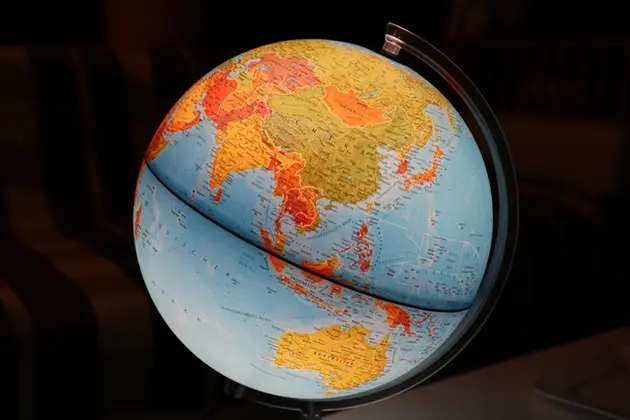As businesses expand globally, leaders face new challenges managing a workforce spread across multiple countries and time zones. While technology connects us like never before, geographical distances can still create communication barriers and cultural misunderstandings that hamper productivity and collaboration. Leaders of global teams must find ways to unite employees behind a shared mission and foster team cohesion across borders.
Bridging the Communication Gap
When employees are scattered around the world, communication breakdowns can easily occur due to time zone differences and lack of face-to-face interactions. Leaders must establish clear communication protocols for global teams. Set regular meeting times when all employees can participate, varying the times to accommodate team members in different time zones. Send recaps after meetings and encourage employees to post questions in shared online documents. Make expectations clear for response time to emails/messages based on time zones. Encourage informal communication through enterprise social media platforms. And use video conferencing for meetings when possible to help employees see facial expressions and body language.
Building Trust and Relationships
Trust is crucial for effective teams, but harder to develop remotely. Provide opportunities for global team members to get to know each other personally through team building activities and visits to home offices when possible. Share photos and bios to help put faces to names. It’s also worth encouraging global teams to socialize virtually away from work. For example, with the help of a BBC iPlayer VPN, teams from around the world can watch popular shows like Strictly Come Dancing and discuss the results each week.
Recognize cultural differences in communication styles and relationship-building preferences. Some cultures value directness while others prefer indirect approaches. Adjust your own style when appropriate and encourage employees to have patience with cultural variances. Model welcoming behavior and an inclusive environment.
Uniting Around Shared Mission and Values
When coming from diverse cultures, employees may have different work styles and values. As a leader, clearly communicate the organization’s mission, values and top priorities to provide a unifying vision. Allow for flexibility in how the mission is achieved based on regional needs but set common goals and metrics to ensure alignment. Provide context to explain the purpose behind tasks so global teams understand how their work contributes to the shared mission. Employees need to feel their contributions matter to stay engaged across geographical and cultural barriers.
Promoting Cross-Collaboration
Create opportunities for global employees to collaborate and share knowledge across regions. Rotate team members periodically to different offices to gain new skills and perspectives. When brainstorming ideas, include input from multiple regions to mitigate cultural blind spots. Encourage employees to proactively reach out to colleagues in other countries for insights on challenges. Tools like Slack, Mural and Dropbox help facilitate ongoing collaboration. Recognize and reward examples of global cooperation.
Adapting Leadership Strategies
Leading global teams requires adjusting your management approach to motivate and connect with culturally diverse employees. Study different leadership styles and cultural dimensions like individualism vs. collectivism. Adapt your communication patterns to align with employee preferences, for example by being less direct with cultures that value indirectness. Check for understanding frequently as messages can get lost across languages and borders. Maintain transparency around goals and decision-making to build trust. And have patience – overcoming geographical barriers takes time but pays dividends.
Leading distributed global teams has unique hurdles, but with the right strategies leaders can build cohesive and high-performing teams. Focus on bridging communication gaps, fostering relationships, uniting around shared purpose, enabling collaboration and adapting your leadership style. With empathy and cultural awareness, businesses can leverage global workforces to innovate and compete at the highest levels.










